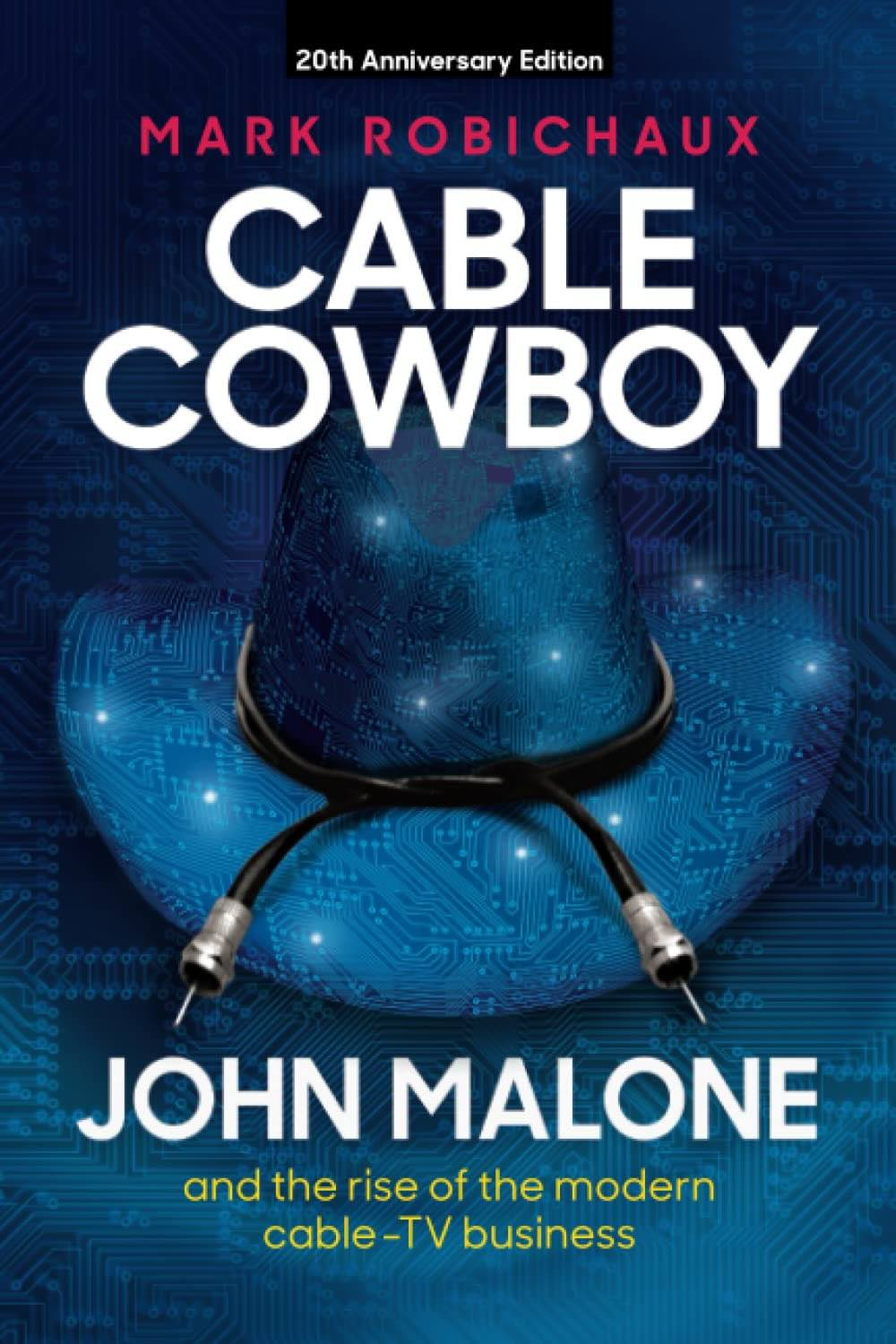John Malone’s Value-Creation Flywheel
Last week I learned about John Malone while reading The Outsiders: Eight Unconventional CEOs and Their Radically Rational Blueprint for Success. This inspired me to buy and begin reading Cable Cowboy: John Malone and the Rise of the Modern Cable-TV Business.
Tele-Communications Inc. (TCI) was a cable company founded by rancher and cottonseed salesman Bob Magness. TCI laid wires to allow cable to reach homes and charged monthly fees for access to its infrastructure and programming.
Magness used debt to expand TCI and got in over his head. In 1972, he recruited Malone to get the company’s finances in order and take it to the next level.
Malone focused on increasing the long-term value of TCI, not short-term profits. He ignored reported profits and concentrated on the company’s cash flows, not net income. He reinvested cash flow in ways that would generate a high return and increase TCI’s market capitalization (i.e., valuation). Here are two key things I noticed Malone did:
- Depreciation – Cable systems were depreciable assets. Once a system was acquired, TCI depreciated this cost over time, which minimized (and often eliminated) TCI’s tax bill. The lower the tax bill, the more cash TCI had to buy more cable systems. The more cable systems TCI purchased, the more cash flow Malone had to reinvest and the more depreciation lowered TCI’s tax bill. The bigger the system became, the more subscribers Malone had to use as leverage in negotiations.
- Programming – Cable system operators thought programming was a commodity they had to pay for. Malone realized programming companies were valuable because they had two revenue streams: advertising and payments from cable systems (like TCI) based on subscribers. New channels increased fees to cable systems as popularity increased. Malone realized that owning part of new programming (i.e., new cable channels) would allow TCI to profit twice by owning “both the pipe and the water flowing through it.” He could offer new channels broad distribution early and negotiate lower programming rates for TCI, a win-win. Malone started seeding new cable networks. He provided capital and access to subscribers in his system in exchange for 20% of new programming channels.
Malone ended up building a powerful flywheel that increased TCI’s long-term value. The more cable systems he bought, the more cash flow and subscribers he had. The more subscribers and cash he had, the more leverage he had with new cable channels. The more these new channels succeeded, the more revenue they had and the more valuable they became. The more valuable new programmers became, the more valuable TCI became.
Using this approach, Malone ended up owning stakes in BET, the Discovery Channel, the Family Channel, and others.
I haven’t finished the book yet, but I can already see why Malone is considered one of the best capital allocators.
Listen to the audio versions of my blog on Apple Podcasts and Spotify. Tune in here and here!




